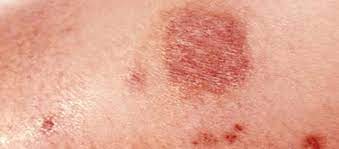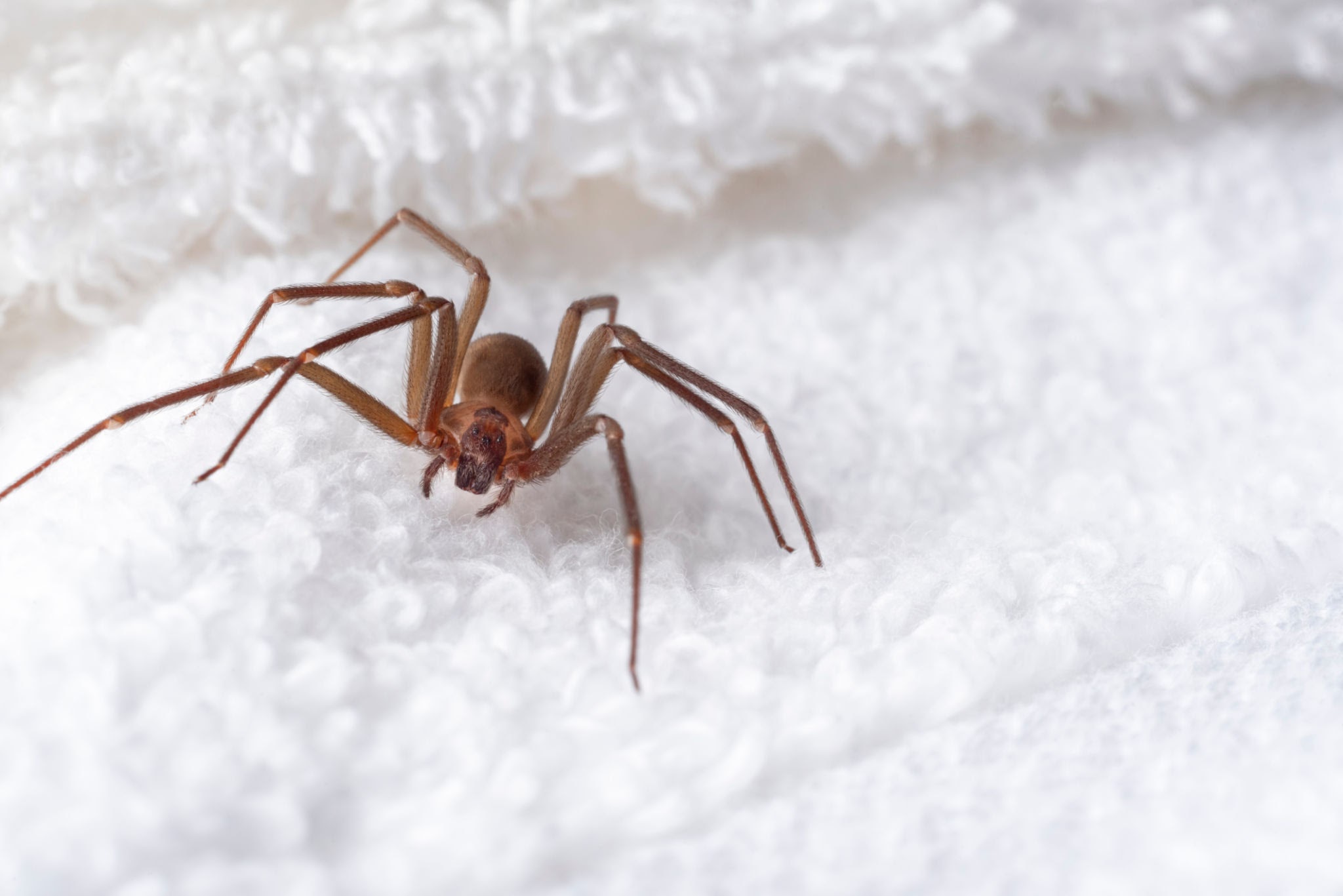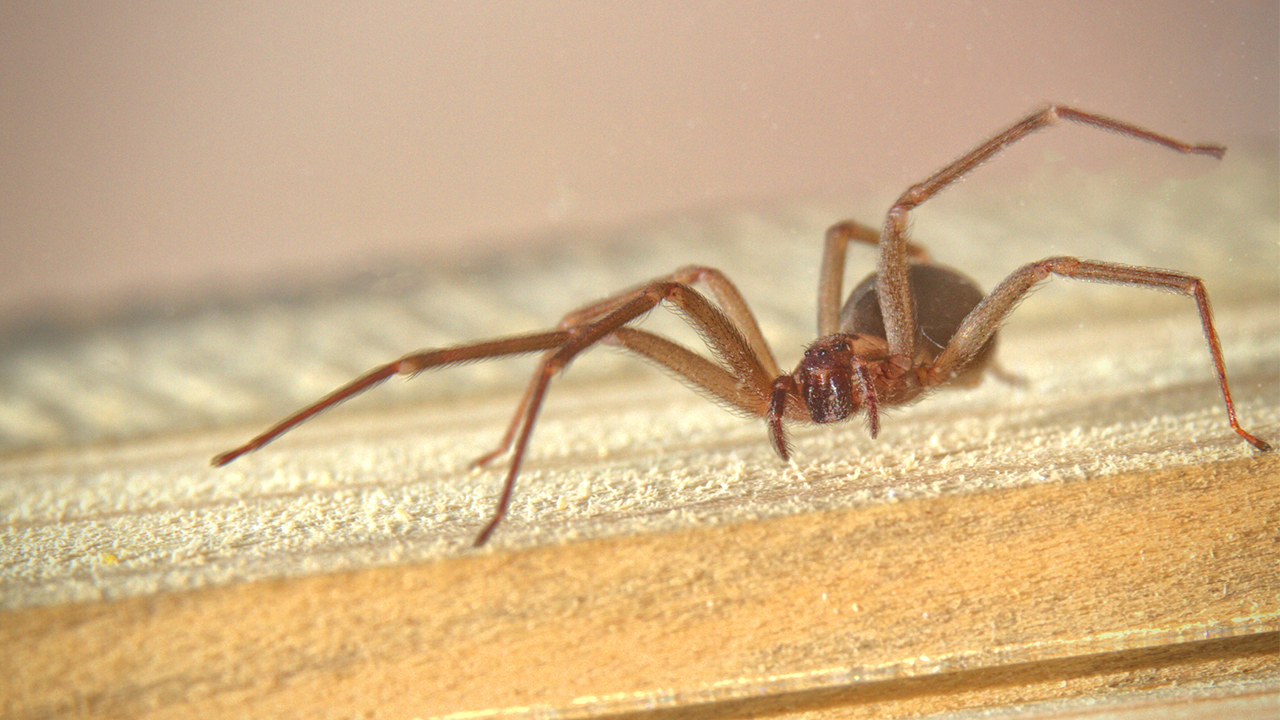Unveiling the Brown Recluse Spider Bite: A Comprehensive Analysis

Despite the thousands of spider species that dwell across the globe, the Brown Recluse Spider has gained notoriety due to the severity of its bite. Its ability to inject a potent venom that can cause significant tissue damage has made it one of the most medically important spiders. This article aims to delve deep into the understanding of what a Brown Recluse Spider bite looks like, its stages, symptoms, causes, and treatment.
what does a brown recluse spider bite look like


Understanding the Brown Recluse Spider
The Brown Recluse Spider, scientifically known as Loxosceles reclusa, is an eight-legged arachnid that ranges in color from tan to dark brown. It is easily identifiable by its unique violin-shaped marking on its back. The spider is typically about 0.5 inches long, including its legs. It is noteworthy that it has six eyes arranged in three pairs, unlike most spiders that have eight eyes.
The spider is native to the South-Central and Southeastern parts of the United States, preferring warm, dry, and dark environments. They are often found in attics, basements, inside furniture, and under rocks or woodpiles. Despite their venomous abilities, Brown Recluse Spiders are not aggressive by nature and will only bite when they feel threatened or trapped.

What Does a Brown Recluse Spider Bite Look Like?
The bite of a Brown Recluse Spider is often painless initially and may go unnoticed until other symptoms begin to manifest. The bite site may appear as a small red patch, sometimes accompanied by minor inflammation. Within a few hours, a small white blister may develop at the site of the bite.
As the reaction to the bite progresses, the bite site may grow larger and more painful, often turning darker in color. In severe cases, the bite can lead to the formation of a necrotic lesion, which is characterized by an open sore and tissue death. This necrotic tissue often appears black and forms a crust that eventually falls off.
Breaking Down the Brown Recluse Spider Bite Stages
Initial Stage
In the initial stages, the bite of a Brown Recluse Spider may not even be felt by the victim. The bite site may commence to exhibit a red, inflamed, and tender area about 2 to 8 hours post the spider bit you. The bite may manifest as two tiny puncture holes and might cause a burning sensation.
After 3 to 5 Days
The venom of the Brown Recluse Spider takes some time to showcase its full effects. Post the bite, you may observe a blister or an “open sore” at the bite site. This indicates the commencement of tissue necrosis or tissue death. The affected area might look like a dry, sinking patch of skin, a bluish-appearing patch of skin, or a central blister surrounded by redness.
After 1 to 2 Weeks
For mild bites, healing should be substantially underway by the third week. However, in severe cases, the venom continues to break down the skin, and the wound site may start to develop necrotic tissue. This appears as a large, black scab covering the wound.
3 Months Later
In general, most Brown Recluse bites will heal completely within 3 months. However, in rare cases where a high amount of venom was injected, necrosis can extend beyond the skin and into the muscles, requiring surgical intervention.
Symptoms of a Brown Recluse Spider Bite
Alongside the visible bite mark and necrotic tissue, a Brown Recluse Spider bite can also cause a host of other symptoms, including severe pain and itching, nausea, vomiting, fever, and muscle pain. In extreme cases, the bite can lead to more severe reactions like hemolytic anemia, thrombocytopenia, and kidney failure. If you or a loved one experiences such severe symptoms, seek emergency medical assistance immediately.
Causes of a Brown Recluse Spider Bite
Despite their venomous nature, Brown Recluse Spiders are not naturally aggressive and only bite when they feel threatened or trapped. This often occurs when they are unwittingly disturbed, for example, when a person wears clothing in which the spider has taken shelter or when they roll over the spider in their sleep.
Treatment for a Brown Recluse Spider Bite
Treatment for a Brown Recluse Spider bite is primarily centered on managing the symptoms. Initially, apply a cold compress to the bite, elevate the affected area, and avoid any strenuous activity that could spread the venom. Over-the-counter pain medication and antihistamines can help with pain and itching, and antibiotics may be prescribed if an infection develops. In severe cases, hospitalization and surgical intervention may be required.
Preventive Measures
To prevent Brown Recluse Spider bites, it is crucial to eliminate known spider habitats, reduce clutter, and maintain cleanliness. Be cautious while handling items like gloves, boots, or clothing that have been unused for a long time, as spiders may have taken shelter in them. Consider professional pest control services if you suspect an infestation of Brown Recluse Spiders in your home.

Prognosis
Most Brown Recluse Spider bites result in little permanent skin damage. However, severe tissue destruction can occur in some cases. The full extent of tissue damage is often not known for several days, and complete healing may take several months.
Capturing the Reality: Brown Recluse Spider Bite Pictures
Images can provide a clearer understanding of what a Brown Recluse Spider bite looks like. They can capture the progression from the bite’s initial stage through to the development of necrotic lesions. However, it is important to remember that each individual’s reaction to a bite can vary, and these images should not replace professional medical advice.
while Brown Recluse Spider bites can be severe, with proper care and attention, most cases can be managed successfully. It is crucial to seek medical attention if you suspect you have been bitten by a Brown Recluse Spider, as timely treatment can help prevent severe complications.
